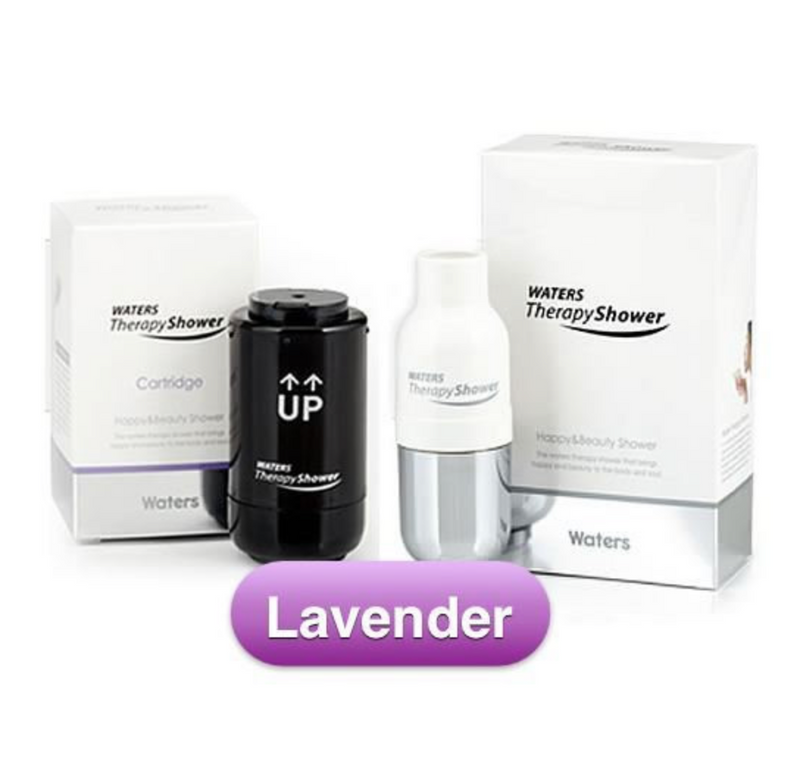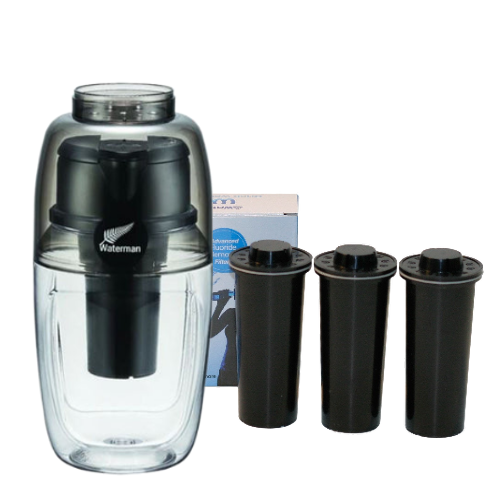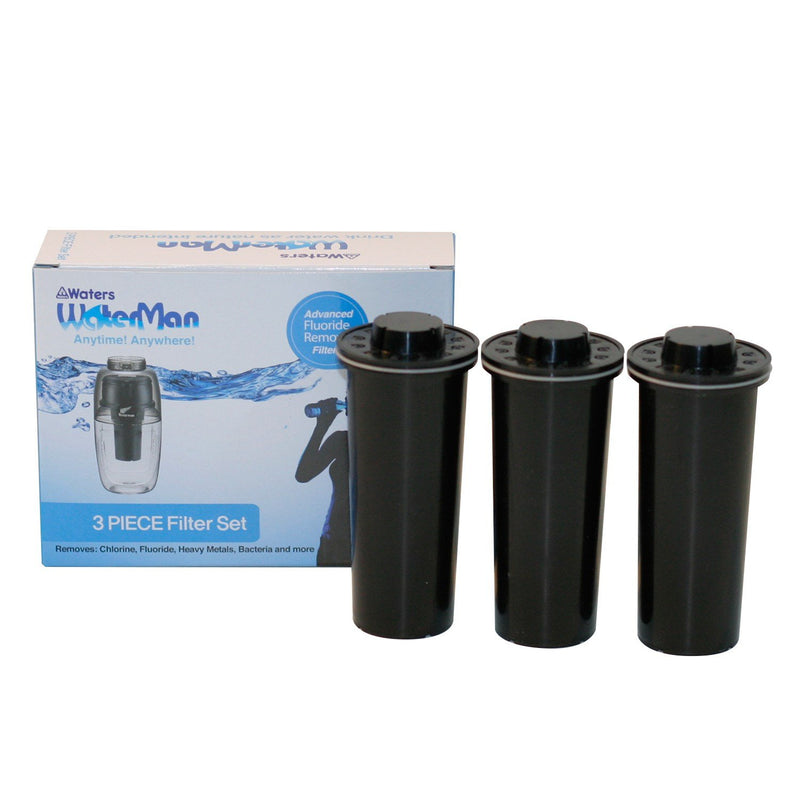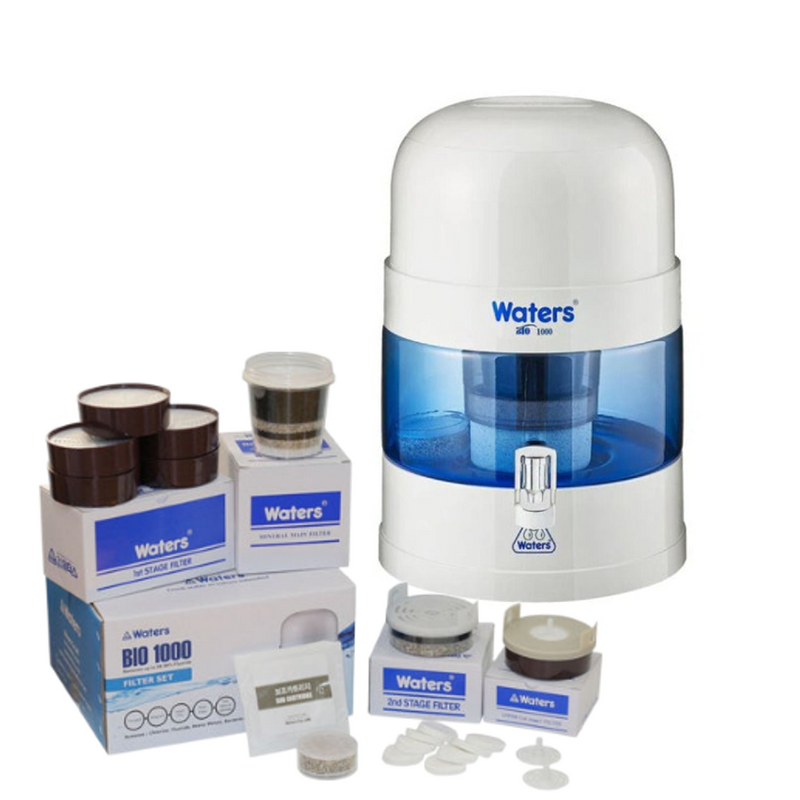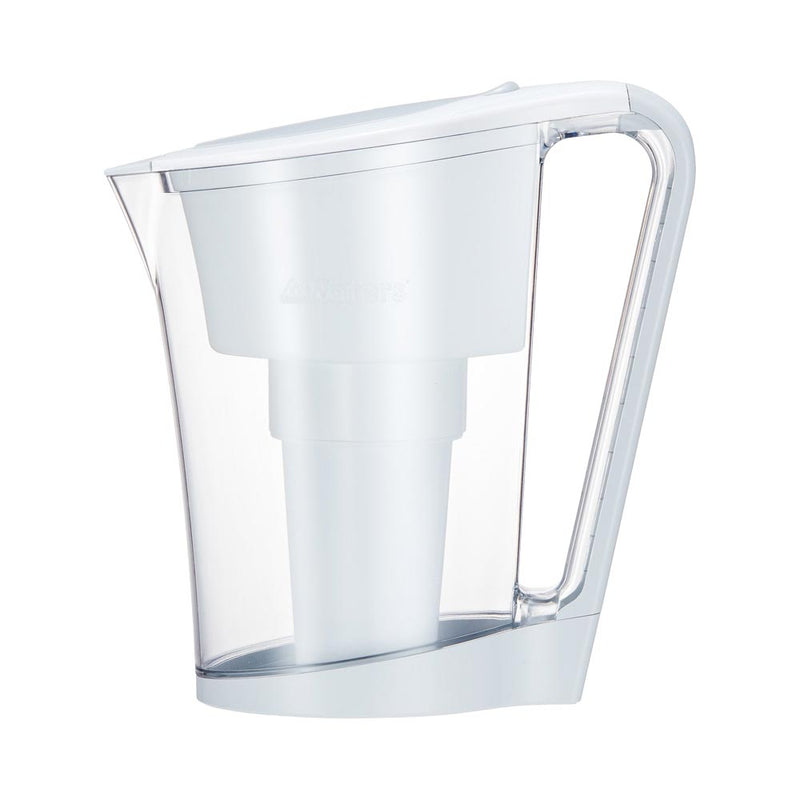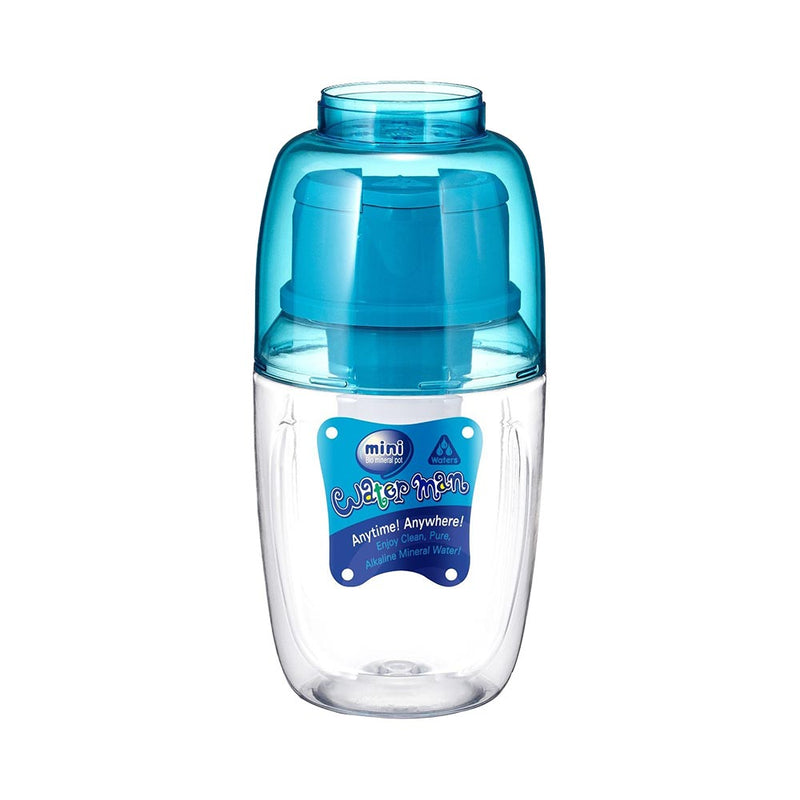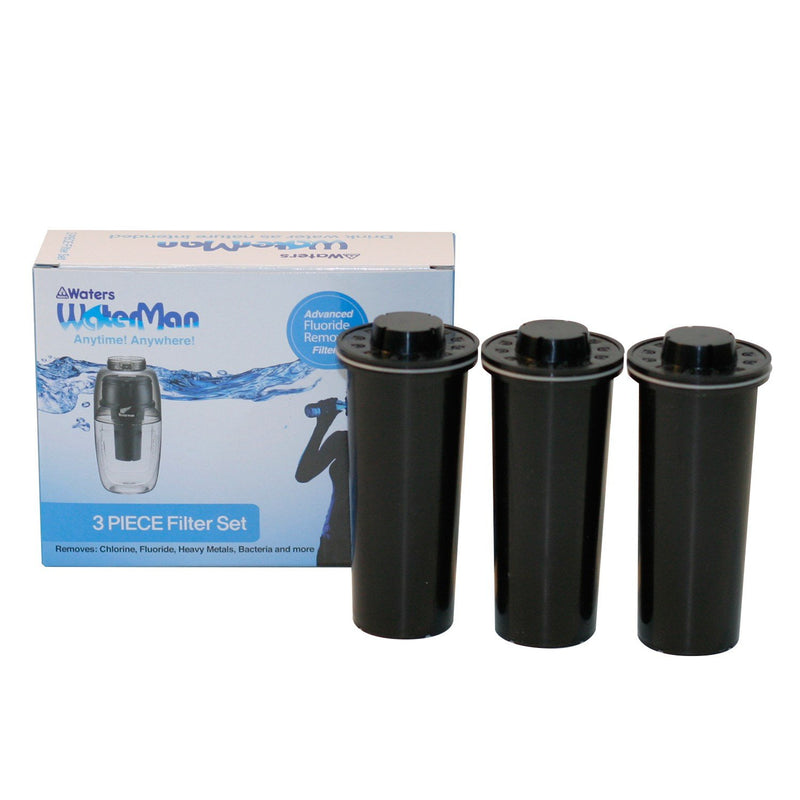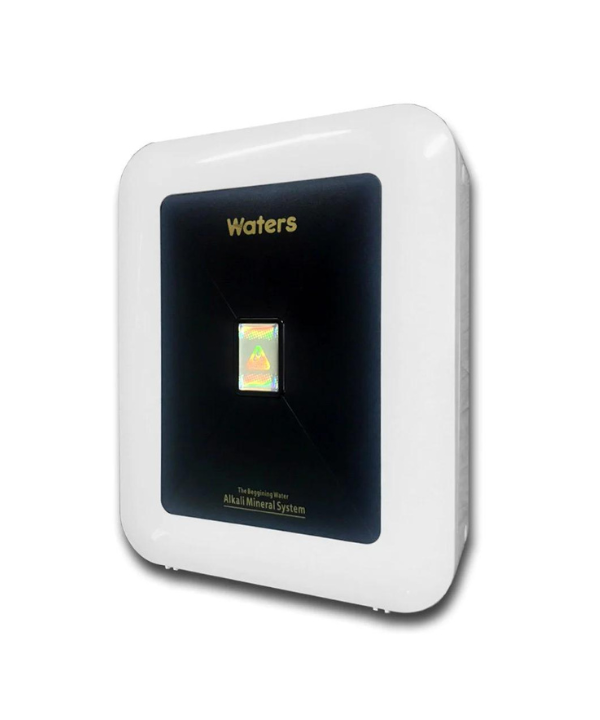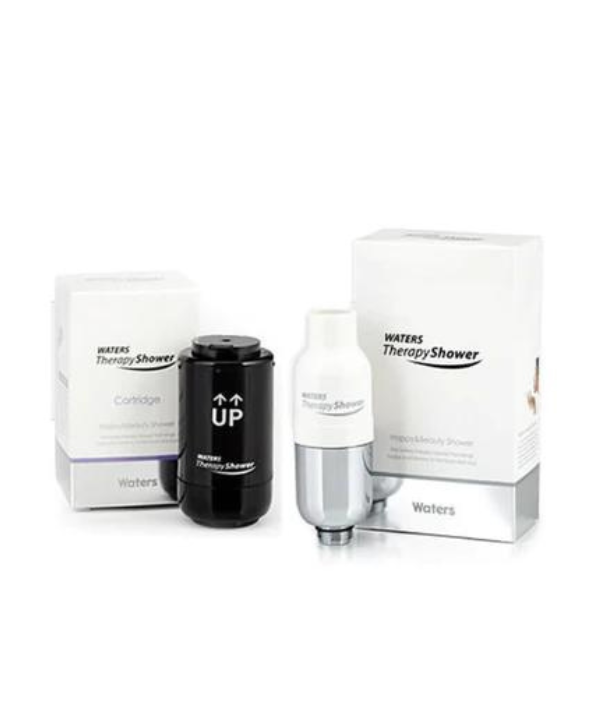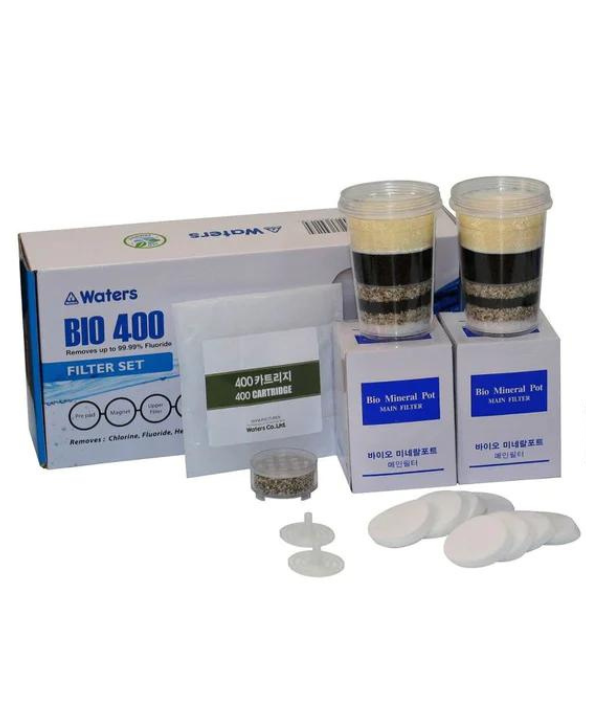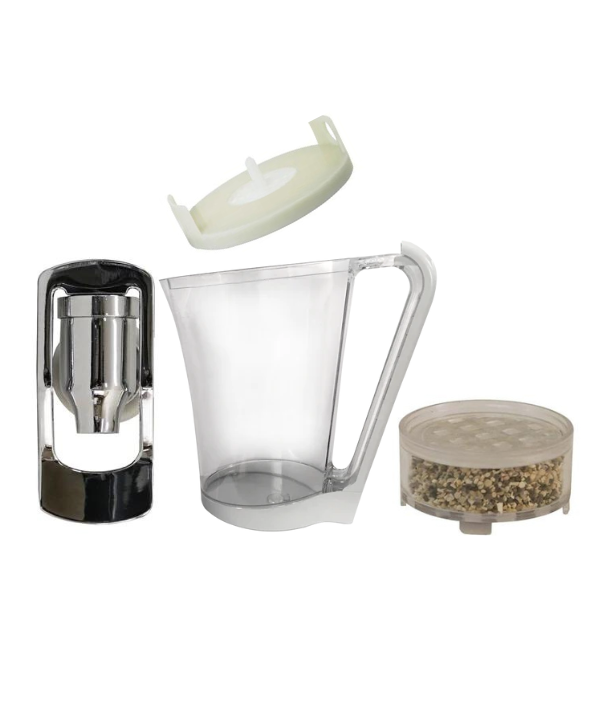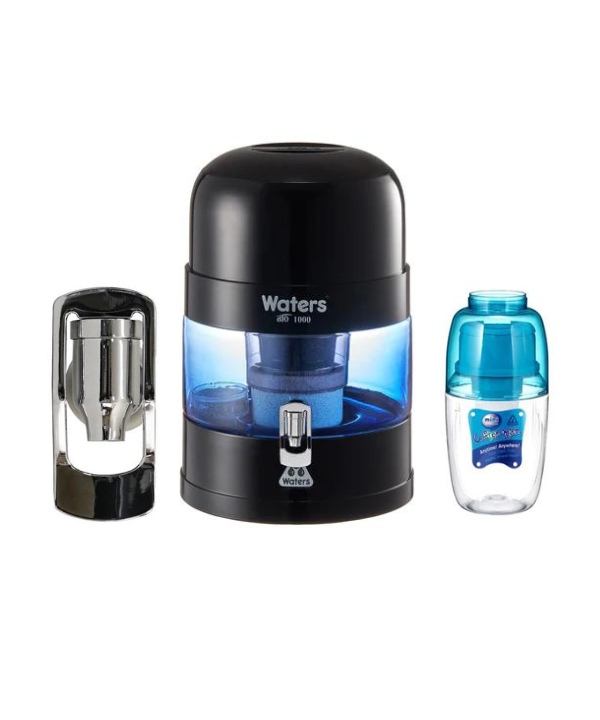PFAS Contamination in Australia: A Regional Breakdown of Affected Areas and Ongoing Investigations
PFAS chemicals are everywhere these days, found in many household items, which has led to more stringent restrictions around their use in manufacturing. They don't break down quickly or easily, resist grease, water, and heat, and if ingested or absorbed, accumulate in our environment and bodies over time. These forever chemicals have become a serious global issue. The World Health Organisation has even classified several PFAS compounds as potentially carcinogenic.
Unfortunately, Australia is one of the hotspots of PFAS contamination. A recent UNSW Sydney-led global study published in Nature Geoscience revealed that many Australian water sources have PFAS levels above safe drinking limits. This article shares the latest info on PFAS Australian contamination sites and investigations so you can stay informed, protect your family, and make smart choices for your health.
State-by-State Breakdown of Known PFAS Contamination Hotspots
PFAS has been detected in many surface water and groundwater sources across Australia. While the study doesn't provide data on treated tap water contamination, it mentions that some water providers don't routinely test for the full PFAS range. Thus, if you live near a contaminated area, the tap water may also have high levels of forever chemicals.
PFAS Contamination New South Wales
NSW has recorded Australia's most concerning PFAS levels, particularly in the Blue Mountains. Cascade Dam in Katoomba showed PFOS and PFHxS at 16.4 ng/L and 14.2 ng/L, respectively – roughly four times higher than the new US safety limits (4 ng/L). A pond near Medlow Bath reached 14.04 ng/L, 200 times above Australian guidelines.
Sydney Water is one of the most debated water treatment plants. It supplies 1.8 million people, and while water contains low-level PFAS below Australian guidelines, it exceeds stricter international standards, raising questions about long-term exposure risks.
Sydney Airport Tower Beach also carries exposure warnings due to firefighting foam contamination, the primary PFAS source.
PFAS Contamination Victoria
Victoria's water treatment facilities are contaminated with considerable chemical contaminants. The Moorabool Water Treatment Plant (Geelong region) shows PFOS/PFHxS at 4.286 ng/L, which is within current guidelines but 3-4 times the proposed stricter limits.
On the Yarrawonga Weir, man-made reservoir Lake Mulwala recorded PFOS at 290 ng/L, five times higher than current guidelines.
Yarrawonga and illegal dumping sites like Lemon Springs also show exceeding contamination levels.
Regional testing has revealed numerous minor breaches across Victoria, so PFAS contamination may be more widespread than initially thought.
PFAS Contamination Queensland
Queensland generally shows lower PFAS levels compared to the southern states, but some industrial and urban areas pose serious concerns. For instance, the Mount Crosby treatment plant, which supplies water to Brisbane, recorded PFOA levels at 36 parts per trillion. That's approximately nine times above the US safety standard. PFOS levels at Lowood and Cameron's Hill also frequently exceeded US limits. However, all of the above remain within Australian guideline ranges.
PFAS Contamination Western Australia
Western Australia faces significant PFAS contamination beneath Perth Airport and along the Forrestfield-Airport rail line. Groundwater and soil samples show high contamination levels, likely stemming from decades of firefighting foam usage at aviation facilities. It's one of Australia's largest known PFAS sites, so the State Government has implemented a special remediation program to prevent further contamination.
PFAS Contamination South Australia
South Australia's main PFAS concerns centre around military and aviation facilities. Contamination has been detected near RAAF Base Edinburgh, Parafield Airport, and SA Country Fire Service training grounds, where firefighting foams were regularly used. However, testing in major reservoirs has found no PFAS in treated tap water.
PFAS Contamination Tasmania
PFAS are found near Hobart and Launceston airports, Bell Bay, and the Tasmania Fire Service in Cambridge. This is the same pattern seen across Australia—aviation facilities represent major contamination sources. Investigations into groundwater and local aquatic populations led to warnings and limitations for water and fish consumption.
PFAS Contamination Australian Capital Territory
The ACT's relatively small size makes it easier to track contamination sources. This area maintains an active PFAS detection program as part of an ongoing action plan, testing both treated and source water.
PFAS Contamination Northern Territory
The Northern Territory operates under a “Legacy Site Investigation Strategy” to identify and assess historical PFAS contamination sites. Some areas have issued health advisories regarding fish and shellfish consumption. However, Power and Water Corporation maintains ongoing supply monitoring programs across the territory, so the situation is generally favourable.
Common Sources of PFAS Contamination in Australian Regions
Scientists say that most Australians likely carry low levels of PFAS in their bodies. Yet, being cautious and limiting your contact with contaminated products is recommended. Common sources include:
- Household items: non-stick cookware, stain-resistant fabrics, cosmetics, sunscreens.
- Industrial sites: mining operations, fuel storage facilities, landfills.
- Public infrastructure: sewage treatment plants, fire-training grounds, airports.
The most significant contamination sources are locations where Aqueous Film Forming Foam (AFFF) is used. Typically, this includes military bases and fire services. They've used PFAS-containing firefighting foams for decades in training exercises and emergency responses. The legacy of usage continues to affect surrounding communities long after the practices ceased.
Ongoing Investigations in Affected Areas
Government agencies and universities across Australia are actively researching PFAS contamination. The PFAS Health Study by the ANU National Centre for Epidemiology and Population Health represents one of the most comprehensive investigations. It examined health outcomes in affected communities compared to reference populations. The study revealed that people living in PFAS-affected communities experience higher rates of psychological distress than those in unaffected areas, regardless of their actual blood PFAS concentrations.
Another research by Australia's Expert Health Panel on PFAS concluded that although exposure to forever chemicals is not strongly linked to disease, epidemiological evidence suggests associations with increased cholesterol, changes in thyroid function, kidney issues, and reduced immune response.
Local communities continue to call for PFAS investigations, with some even requesting individual blood testing after chemical levels exceeded US safety thresholds. Australian state and territory health departments coordinate ongoing monitoring in their respective areas and provide community support. You can contact them with any questions or concerns about PFAS contamination.
Addressing Australia's PFAS Challenge Through Action
Staying informed is the first step towards protecting yourself and your family. While environmental PFAS won't be eliminated in the short term, you can reduce your daily exposure through in-house water filtration. Advanced water filters can provide an extra layer of safety, particularly for families living near known contamination sites.
For instance, Waters Co offers high-performance water filtration systems with up to 15 purification stages. They were independently tested to remove up to 99.9% of PFAS, including persistent variants like PFOA and PFOS. The filters also eliminate heavy metals, bacteria, chlorine, and microplastics using activated carbon, ion exchange resins, and ceramic technology while re-mineralising water for optimal health.
Waters Co products include:
- Benchtop filters, ideal for home kitchens
- Under-sink systems with seamless integration for daily use
- Portable bottles and jugs, perfect for school, work, and travel
- Shower filters help reduce skin and respiratory exposure during bathing.
Used altogether in your home and on the go, Waters Co systems form a comprehensive defence against PFAS and all common water contaminants.
The challenge of PFAS contamination in Australia requires both individual action and collective advocacy for stronger environmental protections. Being informed and taking practical steps to reduce exposure can help create a healthier future.
FAQs
1. What is PFAS contamination?
PFAS are man-made chemicals called per- and poly-fluoroalkyl substances. They don't break down naturally and accumulate over time in soil, water, air, and living organisms, causing severe contamination. These chemicals pose serious health risks, including cancer, liver damage, weakened immune systems, and reproductive issues. That's why PFAS contamination has become such a significant concern in modern homes and businesses.
2. What causes PFAS contamination?
PFAS contamination is caused by the use and poorly regulated disposal of PFAS-containing products: firefighting foam, non-stick cookware, stain-resistant fabrics, food packaging, and industrial waste.
3. What is PFAS contamination in water?
PFAS water contamination occurs when these chemicals enter groundwater, surface water, and drinking water supplies. It often happens near airports, military bases, landfills, and industrial sites where chemicals are frequently used. PFAS persist in water systems and are difficult to remove through conventional treatment methods.
4. What is PFAS soil contamination?
PFAS soil contamination occurs when the chemicals accumulate in the ground. Once released into the environment, they remain forever and can travel long distances. Contaminated soil may transfer PFAS to groundwater and crops, creating ongoing exposure pathways for humans and wildlife.
5. Where does PFAS contamination come from?
Main PFAS sources include:
- Firefighting foams
- Manufacturing facilities, chemical plants
- Treated sewage sludge (biosolids) used on farmland
- Landfills and wastewater plants
- Waste from consumer products, like non-stick cookware, waterproof textiles, food packaging, and electronics.
6. How to prevent PFAS contamination?
Preventing PFAS contamination requires a coordinated effort across individual choices, corporate responsibility, and government regulation. At the personal level, you can reduce exposure by choosing PFAS-free products and installing a high-quality water filter. On a larger scale, prevention depends on stronger industrial controls and proper waste management. Companies must implement closed-loop systems that prevent PFAS from entering the environment. The government should ban high-risk PFAS chemicals and set guidelines for properly treating contaminated waste streams.
People Also Ask
1. Where are the PFAS hotspots in Australia?
Australian PFAS-affected areas include:
- RAAF bases (e.g., Williamtown NSW, Amberley QLD, Edinburgh SA)
- Airports (e.g., Perth, Launceston, Canberra)
- Industrial sites and fire training facilities across the country.
2. Is PFAS banned in Australia?
Not completely. Australia has restricted some high-risk PFAS, such as PFOS and PFOA, and is phasing them out. However, many other PFAS are still in use.
3. Do water filters remove PFAS in Australia?
Yes. Advanced water filters can remove PFAS using activated carbon, ion exchange resins, or reverse osmosis, but you need to check the brand to ensure PFAS is filtered sufficiently. Australian brand Waters Co offers high-quality water filters independently tested to remove up to 99.9% of PFAS.
4. What foods are highest in PFAS?
PFAS can be found in fish and seafood from contaminated waters, packaged food like pizza or burgers, vegetables grown in PFAS-contaminated soil, and meat and eggs sourced near affected areas. Processed seafood products are the most risky, with regulators detecting PFAS in 74% of tested samples. Additionally, eggs show the highest PFAS concentrations among terrestrial foods, followed by dairy and meat.
5. Is Australia banning PFAS in 2025?
Australia is preparing to ban the import, manufacture, and use of some PFAS chemicals starting July 1, 2025, under the Industrial Chemicals Environmental Management Standard (IChEMS). However, this ban only covers three of the 4,000+ PFAS compounds: PFOS, PFOA, and PFHxS. Broader restrictions are under review.


